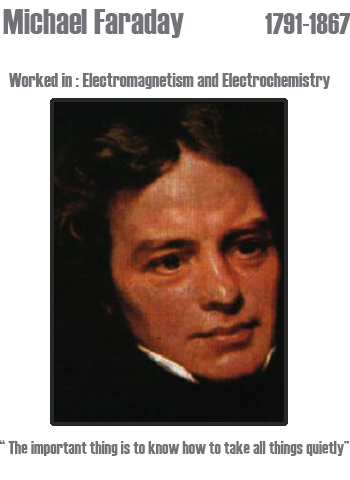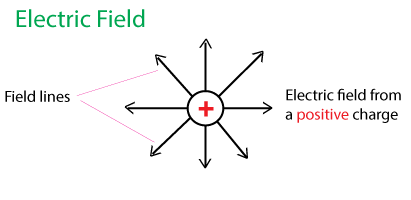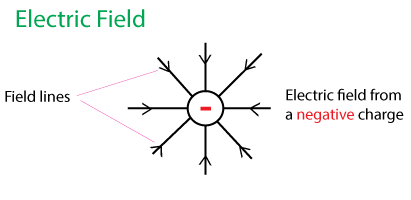HISTORY:

Michael Faraday, born in 1781 and died in 1867.
He was an English chemist, physicist, and inventor. The concept of an electric field was introduced by him.
Some of his work was focusing on diamagnetism(Diamagnetic materials create a magnetic field in opposition to an externally applied magnetic field).
Electrolysis(electrolysis is a method of using a direct electric current (DC) to drive an otherwise non-spontaneous chemical reaction.) and mainly on electromagnetic induction.
His work:
- In 1831, he discover electromagnetism induction.
- in 1833, he introduces the laws of electrolysis.
- In, 1843, shows the theory of electrostatic influence.
EXPLANATION: Electric Fields
Definition:An electric field, noted E, is the force acting on a charge divide by the magnitude of the charge. – Force F is in Newton(N) Explanation: Note that the electric field is a vector and if the electric field at a point is known, therefore, the force is given by the relation: F = qE Note that the |q| = +q (q>0) and |q| = –q (q<0). If charge q is positive (+q), the force F is in the same direction as the field; and if the charge q is negative (-q), the force F is in the opposite direction as the field |
The graphical explanation is: Positive Charge (+) |
A graphical explanation is: Negative Charge (-) |
